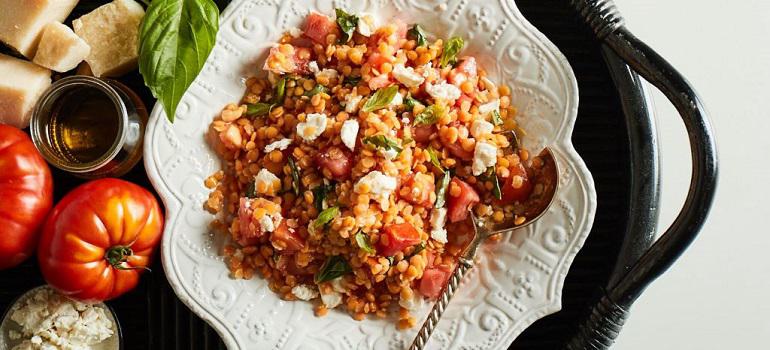


 When adding legumes to a healthy diet and meal plan, there is often a lot of confusion about the difference between lentils and beans. While some people think they're not related at all, others believe they're the same thing and can be used interchangeably in dishes. The truth is, while beans and lentils are not the same, they are both a type of legume and can be used in similar ways. The term legume encompasses several different plant-based foods, and beans are one of the largest members of the legume family. They come in both oval and kidney shapes and are grown in several varieties. Conversely, lentils are the legume family's smallest members and come in several typesthe most common are brown, green and red.
When adding legumes to a healthy diet and meal plan, there is often a lot of confusion about the difference between lentils and beans. While some people think they're not related at all, others believe they're the same thing and can be used interchangeably in dishes. The truth is, while beans and lentils are not the same, they are both a type of legume and can be used in similar ways. The term legume encompasses several different plant-based foods, and beans are one of the largest members of the legume family. They come in both oval and kidney shapes and are grown in several varieties. Conversely, lentils are the legume family's smallest members and come in several typesthe most common are brown, green and red.
 We mentioned that lentils are a part of the large legume family, which means there are several different legumes to choose from. Here's a list of lentils' most popular legume-based cousins.
We mentioned that lentils are a part of the large legume family, which means there are several different legumes to choose from. Here's a list of lentils' most popular legume-based cousins.
 We understand that cooking with any new ingredient may seem a bit overwhelming at first, which is why we've rounded up a few of our favorite lentil-based recipes to help you get started.
We understand that cooking with any new ingredient may seem a bit overwhelming at first, which is why we've rounded up a few of our favorite lentil-based recipes to help you get started.